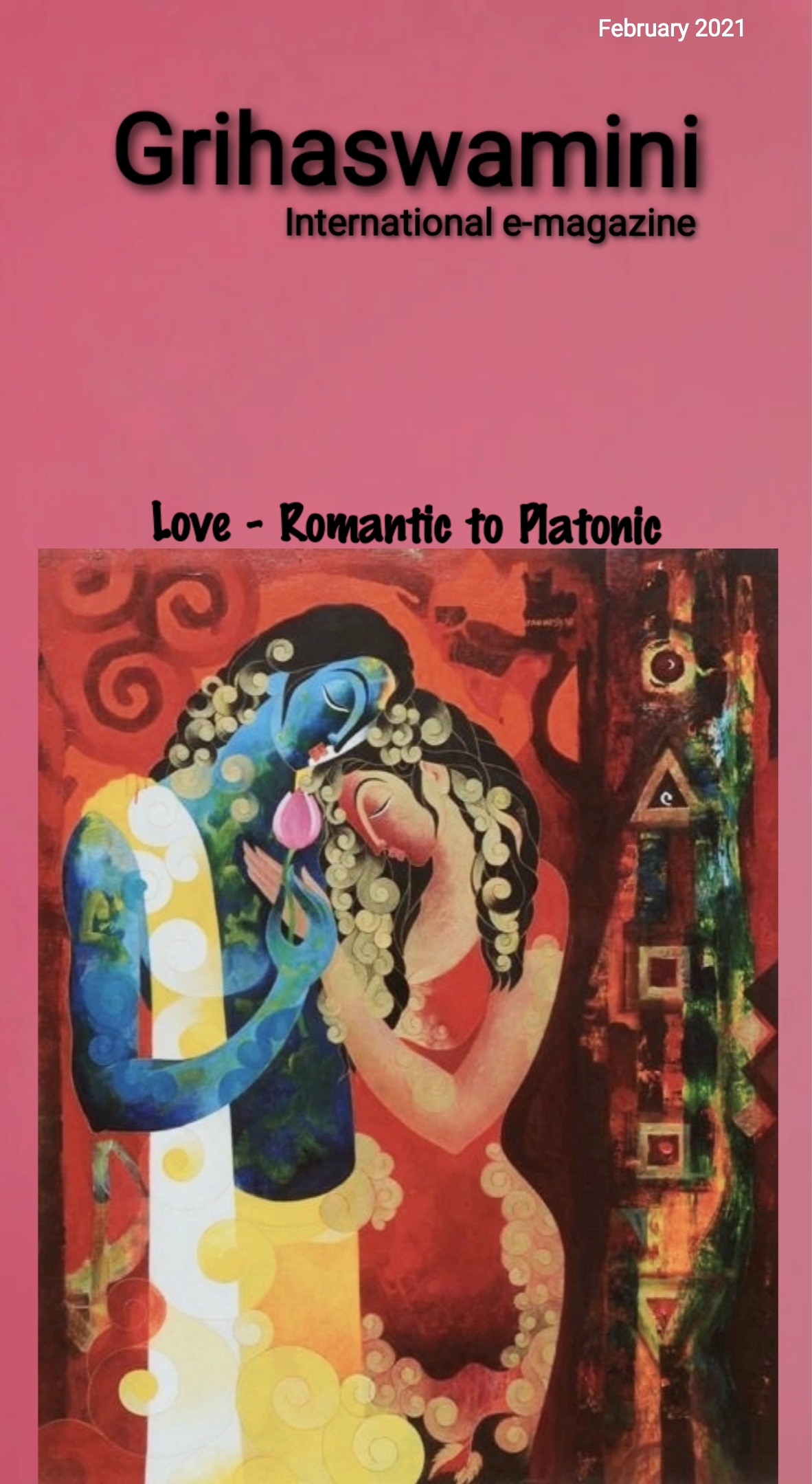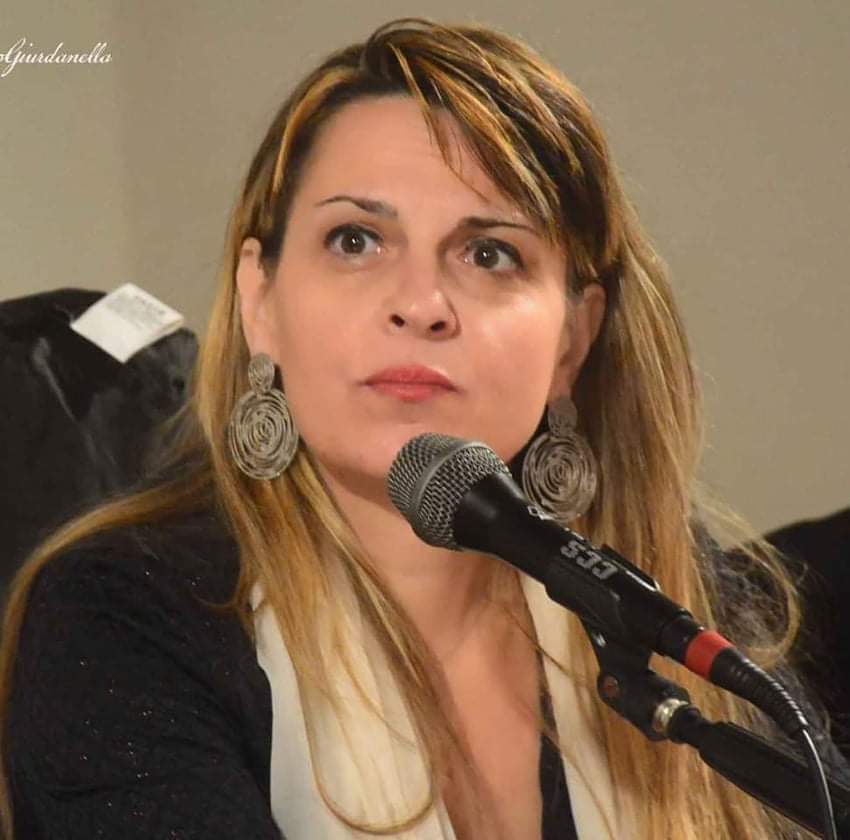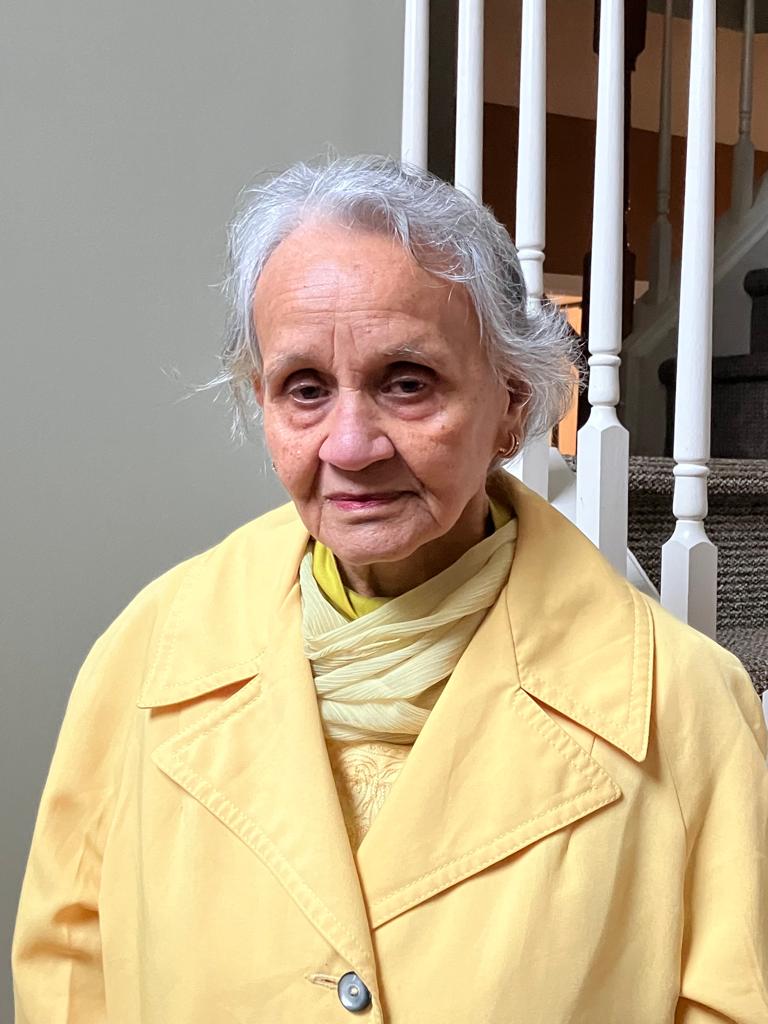Another Taj Mahal
Nestled below the lower Himalayas and the Barail ranges are the emerald green hills of Mizoram. Verdant forests, azure blue sky, brown and green rolling hills and sparkling waterfalls impart this magnificent land of the Mizos (Ram means land in Mizo) a unique charm. Sandwiched between Tripura on its west and Myanmar on the East, just below Manipur, Mizoram is a treasure trove of natural beauty.
The drive from Lengpui airport to Aizawl is about an hour long, but one seldom feels the distance. The curvaceous road winds through forests, with hills at a distance on both sides, basking in glorious sunshine. The air is pure and pristine. A far cry from the polluted, heavily traffic laden drive in metro cities. The road is uninhabited except for a few stray thatched tea stalls, which also serve as home for the owner.
We were approaching Aizawl, the capital town of Mizoram. Houses and other buildings started to dot the hills, reminding me of a dot painting. How the entire imagery is created by skillfully distributing dots and manipulating their density. Buildings and manmade construction started to emerge as densely arranged dots on the distant hills. Suddenly, after a hairpin bend, on the opposite hill, there was a large white building standing aloft in splendid isolation. Gleaming like a pearl, in the bright sun against a clear turquoise blue sky, it caught my attention. “What is that?” I asked the person who had come to receive me.
“Ah! It’s the newest monument in Mizoram made by a local Mizo in the memory of his wife, Ma’am! It’s also called the Taj Mahal of Mizoram.” he smilingly informed me. ‘How intriguing?’ I mused.
Most of the North Eastern States of India are egalitarian societies. One rarely sees extremities of obscene affluence and abject poverty here. People are well educated. Mizoram has one of the highest literacy rates in India. They appear to be comfortably well off without being excessively rich. The kind of money required to build a huge memorial on top of a hill is not common. Apart from the famous Taj Mahal built by an emperor, who had the royal treasury at his disposal, I had not seen anything like this in any part of the country. Not even in those parts of India where mansions and seven star hotels jostle alongside slums. I decided to visit it sometime during my stay.
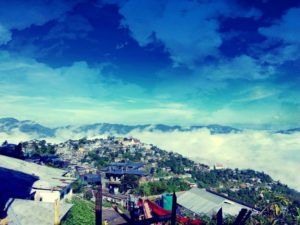
I did not have to wait long. The visit was organised soon enough. It was an impressive building. A flight of stairs took me to the two story mausoleum lovingly called ‘KV Paradise’; K for Khawlhring (husband) and V for Varte -Rosangpui Varte (wife), affectionately called Pui by all.
Aesthetically conceived, the underlying concept of the structure was love for a dear wife as in case of the Taj Mahal. Hence, Incredibly romantic! But ‘KV Paradise’ seemed more like a church which was certainly not surprising. Most Mizos have embraced Christianity. Starting from the late nineteenth century, in about a hundred and twenty years almost all Mizos have converted as Christians. The church impacts their daily life deeply.
Unlike any mausoleum I had seen, ‘KV Paradise’ was cheerful. It had the warmth of love and tender care; not morbid like a lavish and expensive cold marble monument enclosing the dead in its bosom. It seemed a warm comfortable resting place made for a dearly loved person. Looking far into the horizon, the view from the balconies and the terraces, with undulating hills turned golden in bright sunlight, and a gentle breeze wafting through, was breathtaking. A perfect abode for a loved one’s eternal rest! Pui’s presence seemed all pervading like the delicate fragrance of incense in a holy place.
One reason might have been tender and loving care. Fragrance of fresh flowers that were regularly placed, scented candles and incense sticks burnt, filled the air. The ground floor had the grave and upstairs was the collection of Pui’s dresses, purses, shoes and jewelry. There was a large portrait from where a smiling Pui gazed upon all visitors tenderly.

So, what happened? I was curious to know the whole story. The story unfolded the same day.
For strangers, Mizos generally keep a serious facade. But, with friends they are fun loving and straightforward. They generally welcome and entertain guests with a delicious barbeque and a crackling bonfire, if the weather is a bit chilly. I was invited to one such delightful get-together cum barbeque dinner that evening.
The party venue was in the middle of a beautiful garden located about 15 km from Aizawl, on a different hill. Aizawl town, on a distant hill, seemed like a giant dome dotted with colourful buildings. There were hills all around though sparsely populated as compared to the capital city. I was enjoying the beautiful surroundings, inhaling the pure delightful air, watching someone trying to start the bonfire and another who was trying to strum a guitar. It was then, Khawlhring- K for short, the protagonist of this narrative, entered. He was the surprise of the evening.
K would have easily merged in a crowd in Mizoram. He had the serious demeanor of a professor. Some Mizos are tall and well built but K was of medium height and looked rather frail. I was curious to know the whole story. Poor chap! K must have been tired of repeating the same narrative ad nauseum. Also, it must have been painful to relive those memories. But even if he felt, he did not betray his reticence. I was privileged to hear the story first hand.
Khawlhring and Rosangpui Varte were childhood friends, who also got married to each other. Both were deeply interested in providing quality education to children. Until then, the affluent Mizos used to send their young ones to boarding schools in other states. Seeing a desperate need K and Pui started a residential school with a small number of students. The task was uphill and full of struggle. But, together they overcame every obstacle. Their boarding school had grown large with many students and had gone up to the 10th and 12th standards.

By now the flames of the bonfire were leaping; making K’s sombre face glow. Eyes down cast, he was lost in the labyrinth of memory lanes. Someone was strumming ‘Those were the days my friend…” . In Mizoram everyone knows how to sing, play guitar and dance.
As the night descended engulfing everything in its dark embrace, the only light and warmth came from the crackling bonfire. The surrounding hills started to glow with twinkling lights. Aizawl, with its thousands of lights, seemed like a sparkling dome shaped diamond ring. Autumn skies are exceptionally clear in the hills. Millions of stars above and shimmering hills all around. What an amazing sight! Someone was singing a soulful Mizo song.
K came out of his reverie and continued with the story. On that fateful day, Pui was coming to meet him when her car met with a fatal accident. Aizawl town is on a hill with roads that take sudden steep hairpin bends. In a few minutes Khawlhring’s world came down crashing. He lost not only his beloved wife but his life long best friend, his confidant and comrade in arms in all their endeavours. The ‘Paradise’ was his tribute not only to their love but also to their deep friendship and unflinching loyalty to each other.
The accident took place six years ago and ‘Paradise’ was completed just that year. “It’s going to be a family burial place henceforth”, he was saying gazing deep into the flames. The unsaid part was, probably, he was looking forward to being in the same ‘Paradise’ with Pui when his time would come. Khawlhring’s face had acquired a soft wistful look.
I have come across several couples who have unfortunately lost their partner on the way. It is immensely sad. As one grows older, romantic and passionate love matures into mutual respect, trust and above all companionship. Generalisations are odious, but I have observed most widowed men remarry quickly. The time taken may vary from a few months to a couple of years. Probably contrary to the popular belief, men need more emotional support and can not manage without a companion. On the other hand most widows don’t remarry and stay single. One reason for their reluctance to tie the knot again, apart from being emotionally strong, may be deep- rooted shackles of patriarchy in most parts of India. The tribal societies are definitely and refreshingly much more liberated and far less patriarchal in that sense than the rest of India.

As K was narrating his story, what amazed me was the dedication of this man who had been painstakingly creating a monument in the memory of his wife for the past six years and had not sought or accepted another companion. He surely must have felt the need. What Pui would have wanted for K? I mused. True love never binds. It sets one free.
The ambers were slowly dying out. Guitars had fallen silent. It was time for the guests to depart. I left with a mixed feeling of sadness at the tragic end to Pui and Khawlhring love story but also bathed in the warmth and glow of their love, friendship and struggles, immortalised in ‘KV Paradise’ – the mausoleum.
A few years later, I ran into an officer from Mizoram. “How’s Mr. Khawlhring?”, I asked after a few pleasantries. “Oh! He is fine. He has married again.” I could feel Pui smiling tenderly from wherever she was, happy that her K had found a companion once again.
Yesterday was yesterday; memories are precious and are to be treasured in the vaults of mind. Should we allow them to become bondages? Or appendages of time? Let today be a brand new day, full of hope, life and love.
(Based on the real life love story of Rosangpui Varte and her husband Khawlhring from the enchanted hills of Mizoram.)
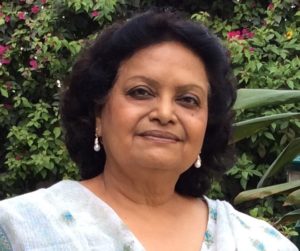
Neerja Rajkumar
Gurgaon, Haryana




